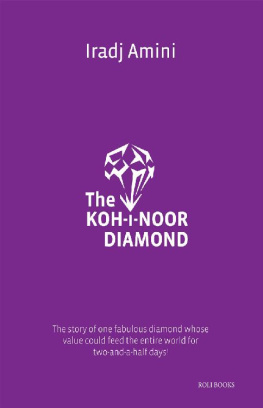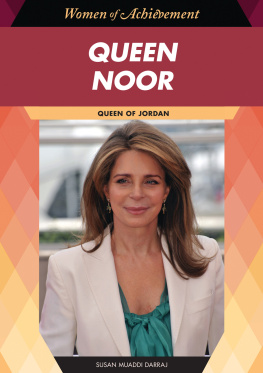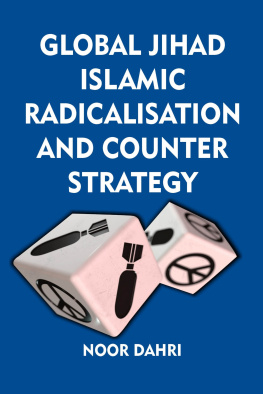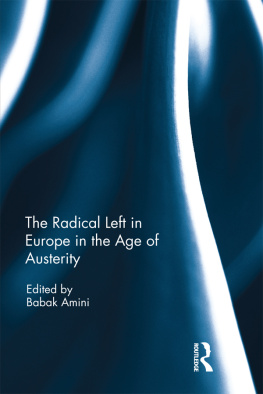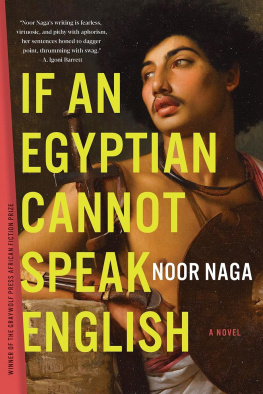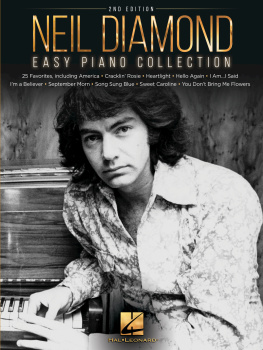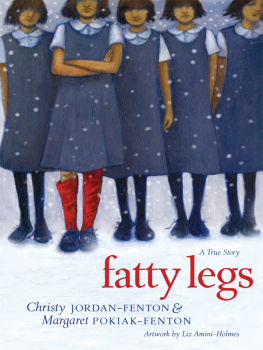One fabulous diamond whose value could feed the entire
world for two-and-a-half days. Four races: Indian, Afghan,
Persian and English, whose destinies were inextricably
involved with this gem. A Persian oilmans son who went
on to virtually rule Golconda and its vast diamond mines.
A Mughal prince, hated by history, who was sinned against
as much as sinning. Only an Indian or a Persian could tell
this great story with all its nuances.

OTHER LOTUS TITLES |
Adi B. hakim | With Cyclists Around the World |
Rustom B. Bhumgara |
Jal P. Bapasola |
Ajit Bhattacharjea | Sheikh Mohammad Abdullah: Tragic Hero of Kashmir |
Anil Dharker | Icons: Men & Women Who Shaped Todays India |
Aitzaz Ahsan | The Indus Saga: The Making of Pakistan |
Amarinder Singh | The Last Sunset: The Rise & Fall of the Lahore Durbar |
H.L.O. Garrett | The Trial of Bahadur Shah Zafar |
Hussain Zaidi | Dongri to Dubai: Six Decades of Mumbai Mafia |
Imtiaz Gul | Pakistan Before and After Osama |
Kiran Maitra | Marxism in India: From Decline to Debacle |
Kuldip Nayar | Beyond the Lines: An Autobiography |
M.J. Akbar | Byline |
M.J. Akbar | Blood Brothers: A Family Saga |
M.J. Akbar | Have Pen will Travel: Observations of a Globetrotter |
Maj. Gen. Ian Cardozo | Param Vir: Our Heroes in Battle |
Maj. Gen. Ian Cardozo | The Sinking of INS Khukri: What Happened in 1971 |
Madhu Trehan | Tehelka as Metaphor |
Masood Hyder | October Coup: A Memoir of the Struggle for Hyderabad |
Monisha Rajesh | Around India in 80 Trains |
Nayantara Sahgal (ed.) | Before Freedom: Nehrus Letters to His Sister |
Peter Church | Added Value: The Life Stories of Indian Business Leaders |
Preeti Monga | The Other Senses: An Inspiring True Story of A Visually Impaired Woman and Her Road to Success |
Rajika Bhandari | The Raj on the Move: Story of the Dak Bungalow |
Salman Akhtar | The Book of Emotions |
Shrabani Basu | Spy Princess: The Life of Noor Inayat Khan |
Vir Sanghvi | Men of Steel: Indian Business Leaders in Candid Conversations |
FORTHCOMING TITLES |
Lucy Peck | Fatehpur Sikri |
Ajai Mansingh | Firaq Gorakhpuri: A Biography |

Lotus Collection
Editions Julliard
20, Rue des Grands Augustins, 75006 Paris
All rights reserved. No part of this publication
may be reproduced or transmitted, in any form or by any means,
without the prior permission of the publisher.
First English edition published in 1994
This edition published in 2013
The Lotus Collection
An imprint of
Roli Books Pvt. Ltd
M-75, Greater Kailash II Market, New Delhi 110 048
Phone: ++91 (011) 4068 2000
Fax: ++91 (011) 2921 7185
E-mail: info@rolibooks.com
Website: www.rolibooks.com
Also at Bengaluru, Chennai, & Mumbai
Layout: Sanjeev Mathpal
Cover design: Bonita Vaz-Shimray
Production: Shaji Sahadevan
ISBN: 978-81-7436-927-7
THE KOH-I-NOORS TRAVELS: Who acquired it, when, how?
John Lawrence hated the conventionalities of
life and had no use for jewels... he stuffed the
box containing the Koh-i-noor into his waistcoat
pocket and went about his business.
About six weeks afterwards, when Lord
Dalhousie asked for the diamond to send to
Queen Victoria, Lawrence was horrified.
He went to his room, his heart pounding
wildly, and asked his old Indian bearer if he had
found a small box in his waistcoat pocket.
Yes Sahib, I found it and put it in one of your
boxes.
Bring it here.
The bearer did so, and held it out for John
Lawrence who heard a huge sigh of relief.
The bearer observed with astonishment:
There is nothing here, Sahib, but a bit of glass!
Contents
Preface
On 29 June 1850, HMS Medea , a warship flying the British flag, docked at a deserted quay in Portsmouth, ending a long journey that had begun in Bombay on 6 April, the previous year. Apart from the crew, there were only two passengers on board: Captain Ramsay, aide-de-camp to the Marquis of Dalhousie, Governor General of India, and Lieutenant Colonel Mackeson, Dalhousies liaison officer with the British expeditionary corps in the Punjab.
All the Medea carried was a packet so tiny, it could easily be slipped into a pocket. Only Captain Ramsay and Colonel Mackeson knew what it contained. Several days later the press at last lifted the veil of secrecy: the ships cargo was none other than the Koh-i-noor, a fabulous diamond due to be presented to Queen Victoria by the directors of the East India Company. The ceremony was to take place at four oclock on the afternoon of 3 July at Buckingham Palace.
On 29 March 1849, Dalip Singh, the young Maharaja of the Punjab, had ratified the instrument surrendering his state to the British. Article three of this document provided for the Koh-i-noor (Mountain of Light), one of the most famous diamonds in the world, to be handed to Queen Victoria.
Dalhousie wrote to his sovereign: Formerly placed in the throne of the Emperors of Delhi; captured there in his invasion by Nader Shah thence transferred to the Kings of Kabul and extorted from Shah Shuja by the Maharaja Ranjit Singh, the Koh-i-noor may be regarded as a historical symbol of conquest in India, and the Governor General rejoices that it has found its fitting rest in Your Majestys Crown.
But in fact, the Koh-i-noor has never adorned the crown of a ruling British monarch, perhaps because it was reputed to bring ill luck, though legend has it that only men were affected. After the stone was displayed at the Great Exhibition in London in 1851, it was re-cut and set in one of Queen Victorias tiaras, the crown of Queen Mary, and finally in 1937, the crown of Elizabeth, the present Queen Mother.
Today the Koh-i-noor is neither the biggest nor the most beautiful diamond known. Several stones the Cullinan (the Great Star of Africa now in the British sceptre), the Regent (on view at the Louvre) and the Orlov (at the Kremlin), to mention only the most famous are bigger and brighter. But the Koh-i-noor is the most romantic of them all, for each one of its glittering facets reflects a colourful and often violent episode in Indian, Persian, Afghan, and British history and evokes the life of the people who took part in those stirring events.

